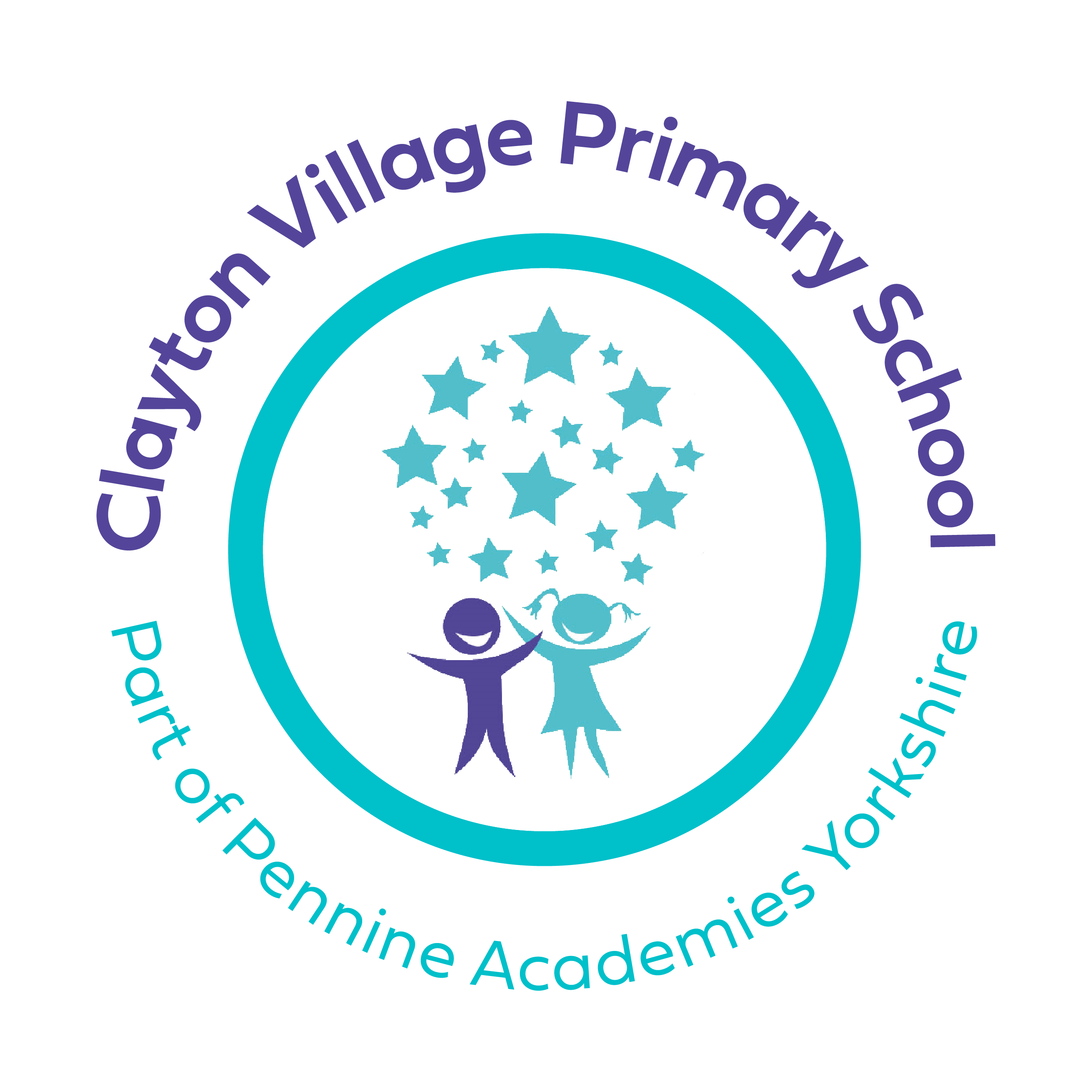History
CVPS History Rationale docx History LTP
At Clayton Village Primary School we believe that our history curriculum allows children to gain knowledge and understanding of Britain’s past and that of the wider world. We aim to inspire the curiosity of our children by allowing them
to ask questions to discover more, know more and remember more. We understand that teaching history is important for children’s conceptual development and chronological awareness. They can begin to understand that the past has many different periods and that each era is different from the next, as well as being different from our own. We teach our history in block units to enable children to become fluent in their knowledge and fully immerse themselves with the new learning. Within these units we use knowledge organisers to recall knowledge and continue to revisit these throughout the year to aid knowledge to be embedded into their long term memory. The use of visits and visitors also further enhances our history curriculum. We also use an immersive audio sauce called ‘Now Press Play’ which engages children in the curriculum through sound, story and movement and is accessible to all key stages.
KS1
During Key Stage 1, pupils learn about people’s lives and lifestyles. They find out about significant men, women, children and events from the recent and more distant past, including those from both Britain and the wider world. They listen and respond to stories and use sources of information to help them ask and answer questions. They learn how the past is different from the present.
KS2
During Key Stage 2 pupils learn about significant people, events and places from both the recent and more distant past. They learn about change and continuity in their own area, in Britain and in other parts of the world. They use different sources of information to help them investigate the past both in depth and in overview, using dates and historical vocabulary to describe events, people and developments. They also learn that the past can be represented and interpreted in different ways.
